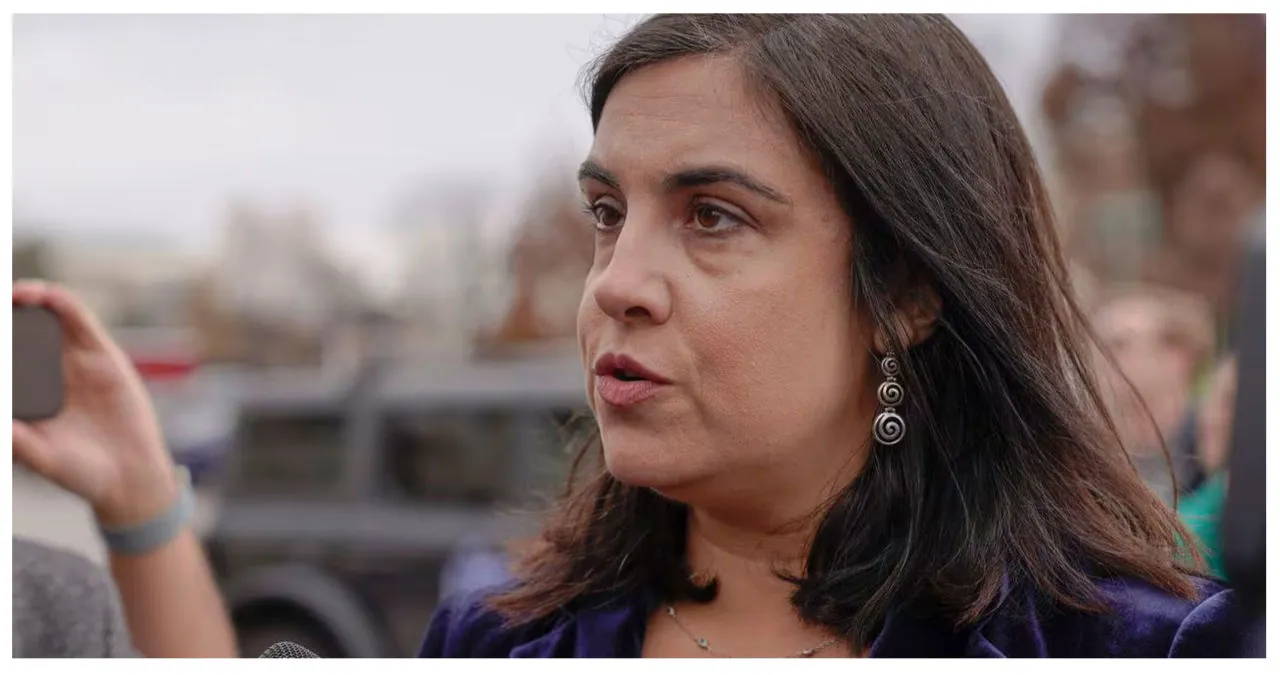The independent commission responsible for redrawing New York’s legislative boundaries has submitted its proposed congressional maps to the state legislature. However, the commission may encounter significant challenges in getting these maps approved.
The district lines drawn by a court-appointed cartographer in 2022, when they were supposed to be finalized, closely resemble the new maps created by the New York Independent Redistricting Commission (NYIRC).
The NYIRC’s failure to produce maps during a tumultuous redistricting process led to the appointment of a special master by the state legislature.
The state legislature’s maps were thrown out by the courts for showing unfair favoritism towards Democrats. In response, Dr. Jonathan Cervas, an appointee of the court from the Institute for Politics and Strategy at Carnegie Mellon University, created new maps that have been widely acknowledged for helping Republicans gain control of the House of Representatives.
The NYIRC district lines submitted on Thursday are likely to face scrutiny from legislators and Gov. Kathy Hochul, given the Democratic dominance in Albany politics. The concern arises from the fact that these maps do not clearly favor their party.
Rep. Nicole Malliotakis (R-Staten Island/South Brooklyn) voiced her approval for the boundaries set for her district, which closely align with the map crafted by Cervas.
“I am delighted that the bipartisan redistricting commission has decided to keep the existing map for our congressional district. I strongly encourage our state legislators to vote in favor of these boundaries, as they remain unchanged from the district map that was expertly drawn by an independent special master last year,” she expressed. “The residents of New York’s 11th district deserve consistency, rather than being subjected to partisan political gerrymandering.”
Malliotakis, one of the politicians supported by Cervas’ maps, easily secured a comfortable 24-point win over former Rep. Max Rose in a rematch of their 2020 race, which Rose had lost by a six-point margin. The current district links Staten Island, the city’s most conservative borough, with similar-minded areas in Brooklyn.
According to an analysis conducted by non-profit news organization THE CITY, it was determined that if the state Senate’s maps remained unchanged, connecting Staten Island to the more liberal Park Slope, which is Rose’s hometown, he could have potentially won the election with a narrow margin of 4,000 votes.
No official Democratic challenger has emerged in this year’s race against Malliotakis.
In 2014, New Yorkers voted to include the New York Independent Redistricting Commission (NYIRC) in the state constitution. However, there was a condition that required the commission to return the map drawings to the state Senate if they were unable to pass a set of maps.
The district lines have already faced opposition from New York Democratic Party Chair Jay Jacobs, who emphasizes the importance of Democrats in the state legislature remaining united to challenge these maps.
“We have a responsibility to thoroughly examine these maps, considering the valid concerns raised by different communities,” he emphasized. “It is concerning that Lee Zeldin, who attempted to undermine our democracy by contesting the voters’ will on January 6, has endorsed this map. This endorsement should make us pause and demand a comprehensive review, which the legislature will now undertake.”
Groups that share sufficient social and economic interests to be taken into account in the redistricting process are referred to as “communities of interest.” Lee Zeldin, a former Long Island congressman and Republican, ran against Hochul in the 2022 gubernatorial election.
Read more:
Russian authorities confirm the death of the fiercest foe of Russia’s Putin, Alexei Navalny

